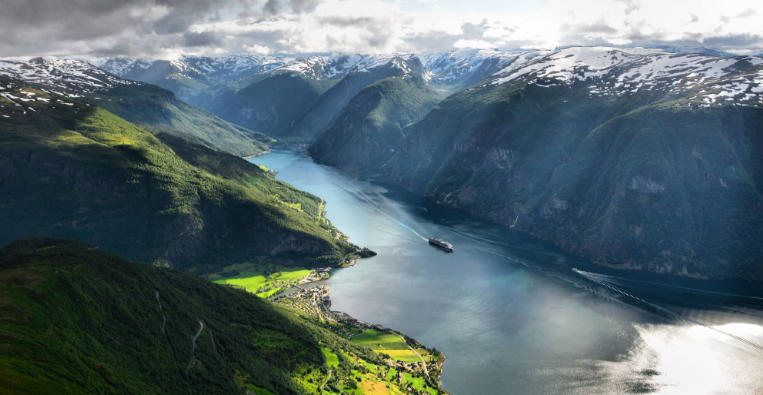How Fjords Were Formed in Norway
Norway is famous for its stunning fjords, which attract millions of tourists every year. Understanding how these magnificent natural formations came to be not only enhances our appreciation of their beauty but also reveals the dynamic geological processes that shape our planet. This article delves into the fascinating history of fjord formation in Norway.
The Ice Age: A Shaping Force
The story of Norway’s fjords begins over two million years ago during the last Ice Age. Massive glaciers carved their path through the landscape, grinding away at the bedrock and creating deep valleys. As the glaciers advanced and retreated, they shaped the terrain into U-shaped valleys, ideal for the fjords we see today. When these glaciers finally melted, seawater flooded the valleys, resulting in the long, narrow inlets we recognize as fjords. This process not only created breathtaking views but also ensured rich ecosystems in the coastal areas.
The Role of Erosion
Erosion played a crucial role in the development of fjords as well. Over thousands of years, water, wind, and ice continuously shaped the landscape, deepening the valleys and creating steep cliffs along the fjord edges. This erosion isn’t just a relic of the Ice Age; it’s still happening today. Rivers and rain continue to carve into the mountains, maintaining the fjord’s intricate shapes. The combination of glacial activity and ongoing erosion has created some of the most dramatic landscapes on Earth.
Unique Features of Norwegian Fjords
Norwegian fjords are not just about stunning views; they also boast unique geological and ecological features. Many fjords are surrounded by towering cliffs, cascading waterfalls, and lush green valleys. The deeper parts of the fjords are often home to diverse marine life, making them ideal for fishing and other water activities. Some fjords, like Geirangerfjord and Nærøyfjord, are UNESCO World Heritage Sites, recognized for their outstanding natural beauty. Visitors can explore these majestic landscapes through hiking, kayaking, or taking scenic cruises, offering countless ways to appreciate their grandeur.
In conclusion, the fjords of Norway are more than just a beautiful sight; they are a testament to the Earth’s geological history and the power of nature. Whether you’re planning a visit or simply want to learn more, exploring the fascinating story behind these natural wonders can deepen your connection to the landscape. So, why not take the next step and discover the fjords for yourself? There’s a whole world waiting to be explored!

